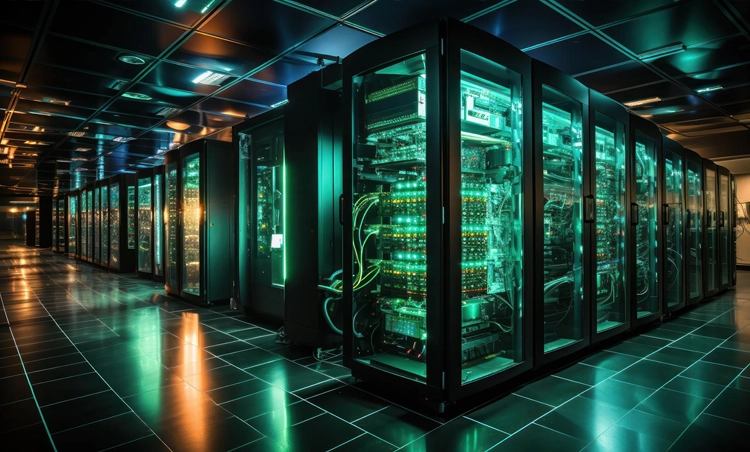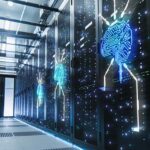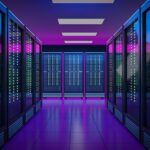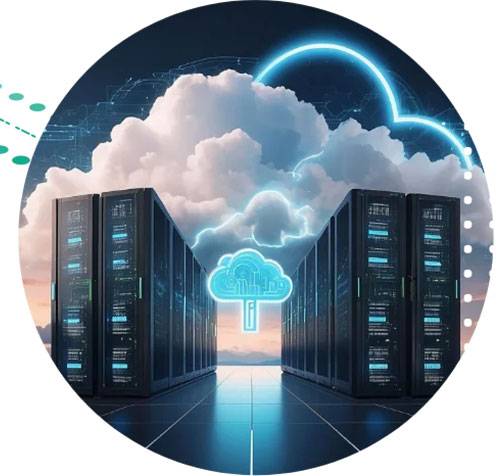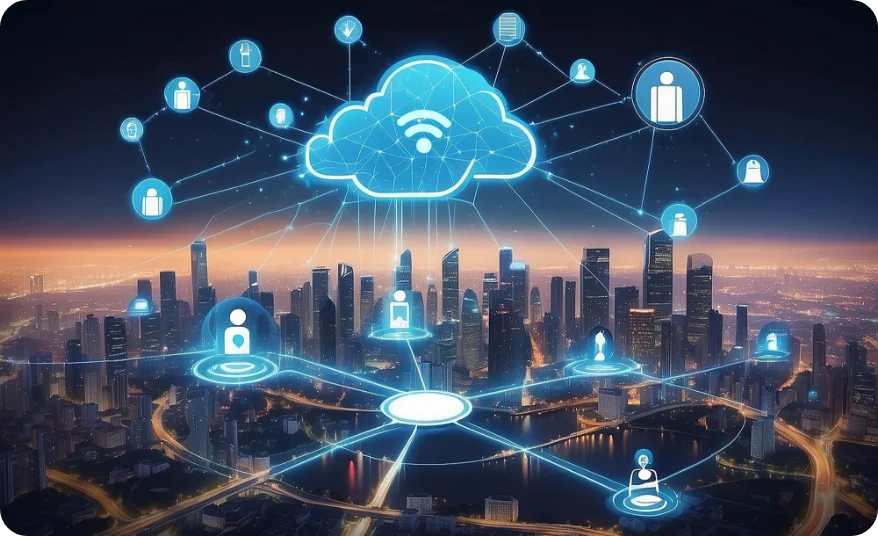Table of contents
Originally published in ETedge-insights.com
The rapid advancement of AI has amplified the need for data centres to be both powerful and sustainable. AI workloads demand immense computational resources, significantly increasing power consumption. According to Goldman Sachs, at present, data centers worldwide consume 1-2% of overall power, but this percentage will likely rise to 3-4% by the end of the decade. It is also expected that by 2028, AI will represent about 19% of data centre power demand.
As the industry grapples with these challenges, sustainability efforts are expanding beyond just energy conservation. While energy efficiency remains a critical component, sustainable data centres also focus on eco-friendly design, responsible construction practices, and optimized operational methodologies. The shift towards holistic sustainability ensures not only reduced environmental impact but also improved efficiency, cost-effectiveness, and long-term viability.
Some of the core pillars of sustainable data centres are:
1. Energy efficiency & AI-driven optimization
Energy efficiency in data centres focuses on reducing power consumption while maximizing performance. In a typical data center, approximately 40% of energy is consumed by computing infrastructure, another 40% is used for cooling, and 20% powers auxiliary IT equipment. Hence, implementing advanced cooling solutions and AI-driven optimizations is crucial.
Key strategies for energy efficiency:
AI-driven energy management:
- AI based automation analyze sensor data in real time to monitor energy usage, detect inefficiencies, and predict future demands.
- Dynamically adjust cooling loads based on workload intensity, ensuring optimal thermal management while reducing unnecessary energy consumption.
- Optimize workload distribution by balancing power loads across servers and shifting tasks to underutilized resources, minimizing energy waste.
AI-based workload scheduling:
- Shifts non-critical AI tasks to off-peak hours when electricity demand is lower, reducing stress on the grid and lowering costs.
- Directs workloads to locations powered by cleaner energy grids, ensuring a reduced reliance on fossil-fuel-based power sources.
- Reduces overall carbon footprint by intelligently balancing power-intensive workloads and utilizing renewable energy sources more effectively.
Advanced cooling technologies:
Newer techniques like liquid cooling, direct-to-chip cooling, and rear door heat exchangers can also help enhance thermal management, improve energy efficiency, and support high-density AI workloads.
2. Sustainable design & construction practices
Beyond energy savings, sustainability starts at the design and construction phase of data centers. This ensures long-term resource efficiency and minimal environmental disruption.
- Modular GEN3 data center designs: A “Just-in-Time“(JIT) modular approach, reduces construction waste and improves scalability. The JIT philosophy allows data centre expansions to be executed in phases, aligning with actual demand rather than overbuilding infrastructure upfront.
- Eco-friendly material sourcing: Locally sourced materials such as low-carbon concrete, recycled steel, and eco-friendly insulation, minimize carbon footprints and reduce the depletion of natural resources.
- Green building certifications: Adherence to IGBC certifications and ASHRAE & ISO 14001 standards, ensure environmentally responsible designs.
- Water & land utilization: Strategic site selection prioritizes minimal land disturbance while ensuring efficient infrastructure deployment. Water-efficient cooling solutions, such as air-cooled chillers and closed-loop cooling systems, significantly reduce water consumption. Rainwater harvesting and wastewater recycling are other initiatives which further enhance sustainability and reduce dependence on freshwater resources.
3. Renewable energy integration
Sourcing renewable energy is crucial for reducing the carbon footprint of data centres. Companies are increasingly securing Power Purchase Agreements (PPAs) for solar, wind, hydro, and geothermal power to ensure a steady supply of clean energy. On-site renewable installations further enhance energy independence.
Beyond renewables, nuclear energy is being explored as a viable alternative due to its stable, carbon-free power generation. Advanced solutions like Small Modular Reactors (SMRs) offer scalability, though regulatory and cost challenges remain. By diversifying energy sources, data centres can improve resilience and accelerate their path to sustainability.
4. Operational best practices for sustainability
Sustainable operations ensure that once a data centre is built, it continues to minimize its environmental impact throughout its lifecycle.
- Smart Building Management Systems (BMS): Continuous monitoring and automation improve Power Usage Effectiveness (PUE) and Water Usage Effectiveness (WUE), helping achieve a significant reduction in energy costs.
- Water Conservation: Use of state-of-the-art air-cooled chillers and water reuse practices in all facilities.
- Natural Cooling Methods: Use of naturally available materials for painting and insulation to lower indoor temperatures, enhancing energy efficiency.
- Optimized Temperature Operations: Running data halls at elevated temperatures improves PUE and reduces the overall carbon footprint.
- Dry Cooling for Data Centers: Selective use of dry coolers instead of traditional chillers reduces energy consumption and enhances cooling efficiency.
- Circular Economy Practices – Recycling and repurposing old data centre hardware to reduce e-waste.
- Heat Reuse Technologies – Capturing waste heat from data centres and repurposing it for district heating or other applications.
- Carbon Accounting & Offsetting – Tracking carbon emissions and investing in carbon offset programs.
- Green Certifications & Compliance – Aligning with global sustainability standards such as LEED, ISO 50001, and Energy Star.
Looking ahead: Sify’s sustainability journey
Sustainability is a continuous journey, and Sify is actively advancing it through a comprehensive approach spanning infrastructure efficiency, renewable energy adoption, and long-term environmental commitments.
Sify has already secured 231 MW of renewable energy through PPAs, 99 MW has been deployed and 42 MW under commissioning. By optimizing Data Center MEP systems, Sify enhances energy efficiency, even at low utilization levels, its sustainable processes adhere to ASHRAE guidelines, IGBC, and ISO 14001 standards, ensuring alignment with environmental best practices. With a vision to achieve carbon neutrality by 2030, Sify is making steady progress while acknowledging that several initiatives are still in development.
Driving sustainability from base build to operational processes, we acknowledge the complexities of this journey. While we have made considerable progress, many initiatives are still in development as we work towards a more sustainable future.
Disclaimer: The views expressed in this article are those of the author/authors and do not necessarily reflect the views of ET Edge Insights, its management, or its members
Originally published in ETedge-insights.com




